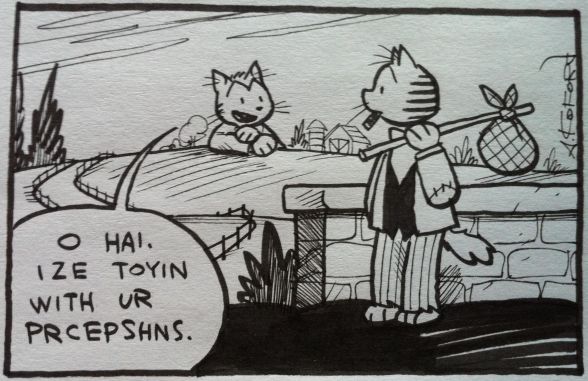Some thoughts on the (astounding, as always) collection of pictures from Alan Taylor’s photo feature on the flooding in Thailand.
#2: Important! Does the “hang loose” gesture mean the same thing in Thailand?
#4: I’d like to imagine this as a sitcom about two slackers who live in a perpetually flooded apartment.
#7: I was relieved to see that these were flooded hedges rather than rapid algae growth on local boaters.
#15: The yellow flags looked similar enough to the symbol on a shirt I got at Goodwill that I was able to track down its meaning: the Personal Flag of H.M. King King Bhumipol Adulyadej (Rama IX) in honor of the 60th anniversary of his accession to the throne. Neat!
#26: This guy will jokingly propose this picture for the family’s holiday update letter. His wife will merely scowl.
#33: Not only napping during a flood, but doing it on a bus stop anti-nap bench. He may win the nap championships.
#41: Best dad ever!
